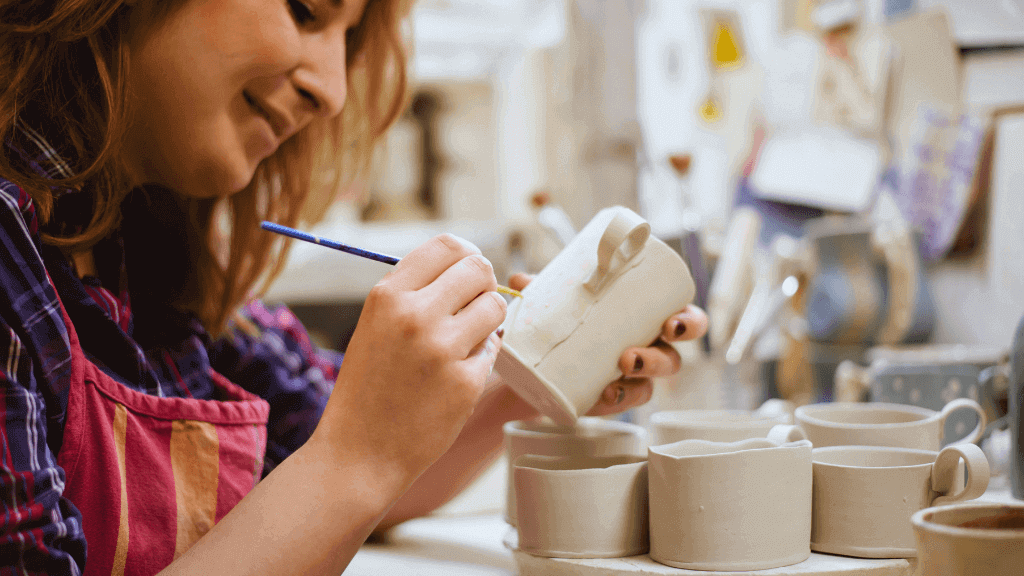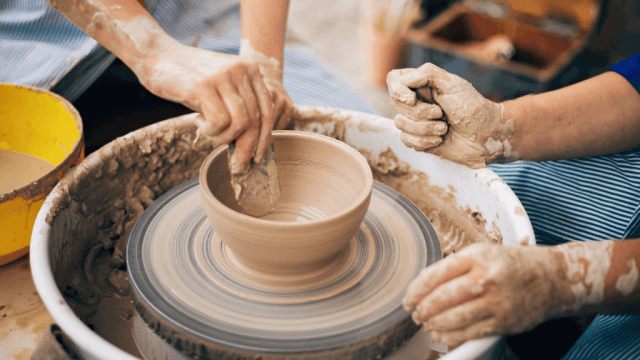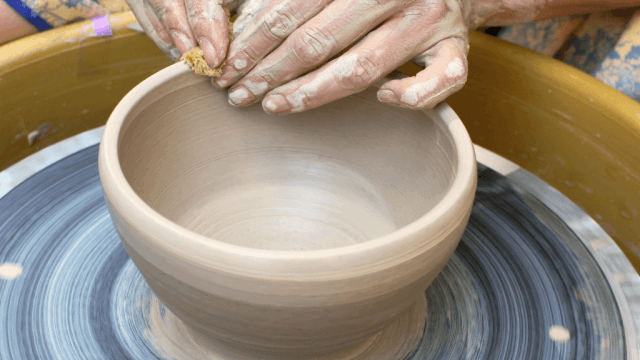It is possible to do pottery with gloves, although thin rubber gloves are recommended for the best feel of the clay. Cotton gloves should be avoided as they make it harder to feel the clay. Disposable gloves can also work, but heavier-duty ones are recommended. Wearing rubber gloves while throwing or handcrafting is not recommended as it makes it difficult to get the feel of the clay.
What type of gloves are best suited for pottery-making?
Nitrile gloves are best suited for pottery-making as they provide a snug fit and allow the user to feel the clay more effectively. Latex gloves are also an option. Aprons and other protective gear should also be worn when making pottery. High-temperature Raku/Kiln gloves are available for those working with higher temperatures, while lightweight uncoated cotton handling gloves are suitable for assembly, light handling, and inspection tasks.
Do gloves affect the quality or texture of the clay when making pottery?
Wearing gloves when making pottery can help protect the hands from dryness and irritation caused by clay. However, gloves do not affect the quality or texture of the clay. Glazes are used to give pottery a glossy finish and come in different types depending on the desired effect. Safety should be taken into consideration when working with clay, such as wearing gloves and lifting heavy objects with care.
Are there any safety concerns to consider when using gloves while working with pottery?
Yes, there are safety concerns to consider when using gloves while working with pottery. Gloves should be worn when handling wet or dry glazes and when mixing glazes to prevent infection. Protective masks may also be necessary in some cases. Additionally, overuse and strain injuries can occur from the heavy work involved in pottery making, so it is important to take breaks and use common sense. Finally, hands should be washed thoroughly after removing gloves, even if no hazardous materials were used.
Can gloves help prevent skin irritation or allergic reactions from the clay or glazes used in pottery-making?
Wearing gloves while handling wet or dry glazes can help prevent skin irritation or allergic reactions from the clay or glazes used in pottery-making. It is also recommended to wear gloves when mixing glazes to prevent infection if there are cuts or open wounds on the hands. Additionally, using creams and lotions after working and liberally before bedtime can help with healing.
Are there any specific techniques or methods that should be followed when using gloves during pottery-making?
When using gloves during pottery-making, it is important to wear eye protection goggles, protective gloves, and a HEPA filter mask when grinding. Additionally, gloves should be worn while handling wet or dry glazes. For glazing ceramics in a traditional or DIY kiln, different types of glazes and their uses should be considered. Nitrile gloves are recommended for handling objects that may come in contact with the clay. Finally, wearing gloves when throwing pottery can help prevent dry hands from the clay.











